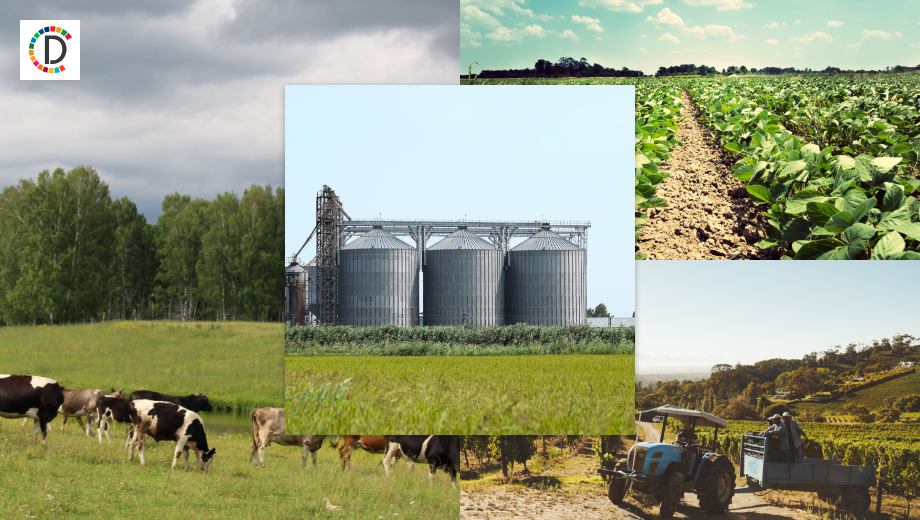South Korean Farmers Reap Unexpected Bounty from Climate-Driven Banana Crops
South Korean farmer Ma Myung-sun has successfully cultivated subtropical bananas on a community farm in Seoul, thanks to rising temperatures caused by climate change. Despite needing a greenhouse for winter, Ma and other farmers are exploring new tropical crops. The climate crisis has intensified, prompting a shift in South Korea's agricultural practices.

South Korean farmer Ma Myung-sun had low expectations when he planted subtropical bananas in a community farm in Seoul, but warmer temperatures due to climate change have led to an unexpected bloom of flowers and fruit.
Ma, 73, still relies on a greenhouse for part of the year to protect his plants from South Korea's cold winters. He joins a growing number of farmers experimenting with crops typically suited to warmer climates. According to the Rural Development Administration, the area cultivated with subtropical crops in South Korea has surged from 295 hectares (730 acres) in 2021 to 3,306 hectares in 2023, including 67 banana farms in the south.
"I want to try growing other tropical crops too. So, as you can see here, I have planted these papaya trees as well," said Ma, gesturing toward a shrub next to his banana trees. He opened part of his family pear farm to city dwellers in 2006 and is pleased with his modest success. However, he worries about the implications for the climate. "I feel that the climate crisis has become very serious," said Ma, a 25-year farming veteran. South Korea, typically enjoying four distinct seasons, is experiencing warmer and wetter conditions year-round.
Since 2012, average annual temperatures have shown a steady warming trend, with 2022 recording the highest average temperature of 13.7 degrees Celsius (57°F) since records began in 1973, according to the Korea Meteorological Administration. Rainfall during last year's monsoon season was nearly double the annual average.
Kim Kwang-soo, professor of Agriculture and Life Sciences at Seoul National University, emphasized the need for farmers to adapt with suitable crops as South Korea's climate parallels subtropical regions. Consumers could benefit from more affordable local produce, as tropical and subtropical fruits are generally expensive in South Korea. "My kids love bananas. So, it would be good if we harvest bananas in this country," said Kim Ji-youn, purchasing imported bananas in a Seoul supermarket.
(With inputs from agencies.)










